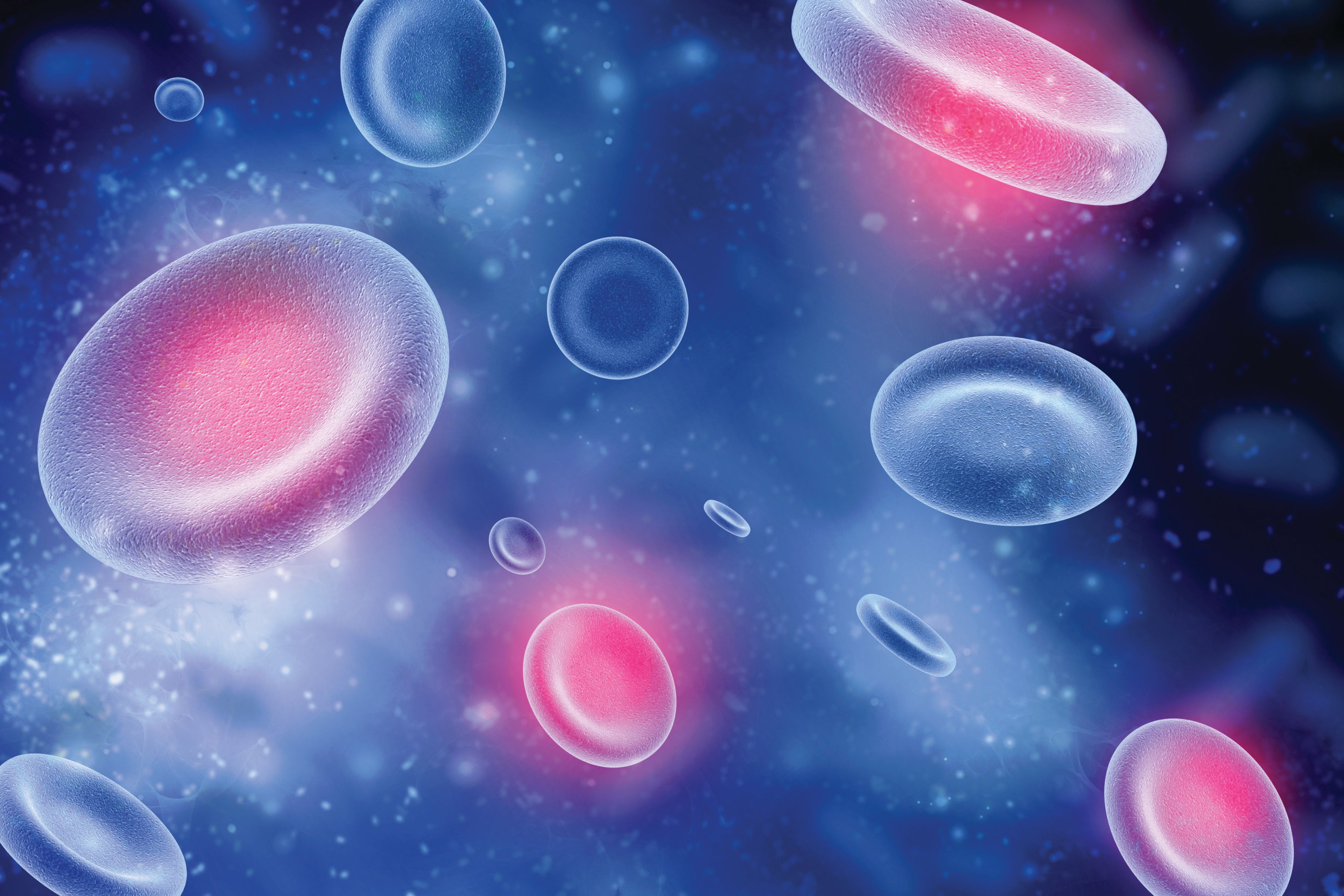Rituximab Regimen Yields Sustained Survival in Geriatric Mantle Cell Lymphoma
Rituximab plus bendamustine and cytarabine continues to show clinical efficacy and favorable outcomes in a population of elderly patients with mantle cell lymphoma.
The combination of rituximab (Rituxan), bendamustine (Bendeka), and low-dose cytarabine (R-BAC) without maintenance therapy maintained clinical efficacy after longer follow-up in a cohort of elderly patients with previously untreated mantle cell lymphoma (MCL), according to new findings from the phase 2 RBAC500 clinical trial (NCT01662050) published recently in Blood Advances.
"These results, that were achieved without maintenance therapy, support the use of [R-BAC] in elderly patients with [MCL], even when judicious dose reductions are implemented in order to avoid hemato-toxicity," according to the study authors.

The median overall survival (OS) and progression-free survival (PFS) were not reached after an extended median follow-up of 86 months (range, 57-107). The 7-year PFS rate was 55% (95% CI, 41%-67%) and the corresponding OS rate was 63% (95% CI, 49%-74%). At the time of data collection, 61% of patients were still alive. Among 53 responders, no relapse or progression occurred after the 6th year, and the 7-year PFS rate was 59% (95% CI, 44%-71%).
A multivariate analysis showed the presence of blastoid or pleomorphic morphology to be the strongest risk factor for PFS (HR, 3.12; 95% CI, 1.05-9.28; P = .04). The strongest adverse predictive factors affecting PFS according to univariate analysis had a high-risk Mantle Cell Lymphoma International Prognostic Index (MIPI) score (P = .04), a Ki67 value of 30% or greater (P <.001), and a failure to achieve a complete response (CR) at the end of treatment (P <.001).
“We report on the long-term follow-up of the RBAC500 phase 2 trial, showing that this regimen achieved its goal of maintained activity over time, with median PFS and OS figures that were not yet reached after prolonged follow-up,” the investigators wrote.
“These results, that were achieved without maintenance therapy, support the use of [this regimen] in elderly patients with [MCL], even when judicious dose reductions are implemented in order to avoid hemato-toxicity…. The results obtained with R-BAC compare favorably with other immuno-chemotherapy regimens (with or without maintenance) in similar populations.”
Investigators of the single-armstudyenrolled 57 patients between May 2012 and February 2014 across 29 centers. Twenty-five of these patients had high-risk MIPI scores, 16 had a Ki67 value of 30% or greater, and 14 had blastoid or pleomorphic morphology.
The median patient age was 71 years (range, 61-79).
The intravenous R-BAC regimen consisted of rituximab at a dose of 375 mg/m2 on day 1, bendamustine at a dose of 70 mg/m2 delivered over 30 to 60 min on days 2 and 3, and a 2-hour infusion of cytarabine at a dose of 500 mg/m2 starting 2 hours after bendamustine on days 2 through 4. Patients received this regimen every 4 weeks for up to 6 cycles.
The primary efficacy end points of the trial were long-term OS and PFS estimates. Investigators also analyzed toxicity in terms of secondary malignancies, or any other toxicity observed during the follow-up period.
Patients older than 65 years determined to be fit according to comprehensive geriatric assessment were eligible for enrollment on the trial. Additional eligibility criteria included having MCL that was positive for cyclin D1 and SOX11 expression.
Patients received a median of 6.0 treatment cycles (range, 2-6). Ninety-five percent of patients received at least 4 cycles of R-BAC, and 67% received 6. Dose reductions were necessary for 75% of patients according to protocol, which primarily consisted of forgoing the 3rd day of cytarabine.
Twenty-five patients had refractory or relapsed disease. Of this group, 3 patients did not receive further treatment due to a rapid deterioration of clinical status, and 6 underwent ibrutinib (Imbruvica) monotherapy in the second line; 4 responded and 3 are still in CR. The remaining 16 patients with relapsed/refractory disease received other treatments.
Median OS from the time of first relapse in this group was 8.9 months (range, 0-61.9). The 2-year OS rate from the time of first relapse was 63% (95% CI, 14%-89%) among patients treated with ibrutinib vs 36% (95% CI, 11%-63%) among those treated with other regimens in the second line (P = .16).
Lymphoma progression caused 17 of the 22 deaths in the study population. Of the remaining 5 deaths, 2 were due to secondary malignancies, 2 were due to sepsis, and 1 was due to an instance of septic shock in secondary acute myeloid leukemia (AML).
Six patients developed secondary malignancies during follow-up: 1 developed prostate cancer, 1 developed bladder cancer, 2 developed head and neck cancer, 1 developed lung cancer, and 1 developed secondary AML. The cumulative incidence of secondary malignancies at 7 years was 11.2% (95% CI, 4.5%-21.3%), and the median time to secondary malignancy was 68 months (range 55-91).
“Responses were durable without maintenance therapy, and compared favorably with modern examples of combination therapy,” the investigators concluded. “This regimen was not associated [with] unexpected long-term toxicities. With a median PFS and OS exceeding 50% after 7-years, this regimen has significantly impacted the life-expectancy of elderly patients with [MCL], a disease that a couple of decades ago was still associated with a median OS of less than 3 years in similar populations.”
Reference
Tisi MC, Moia R, Patti C, et al. Long term follow-up of rituximab plus bendamustine and cytarabine (R-BAC) in elderly patients with newly diagnosed MCL. Blood Adv. Published online May 12, 2023. doi:10.1182/bloodadvances.2023009744
Highlighting Insights From the Marginal Zone Lymphoma Workshop
Clinicians outline the significance of the MZL Workshop, where a gathering of international experts in the field discussed updates in the disease state.